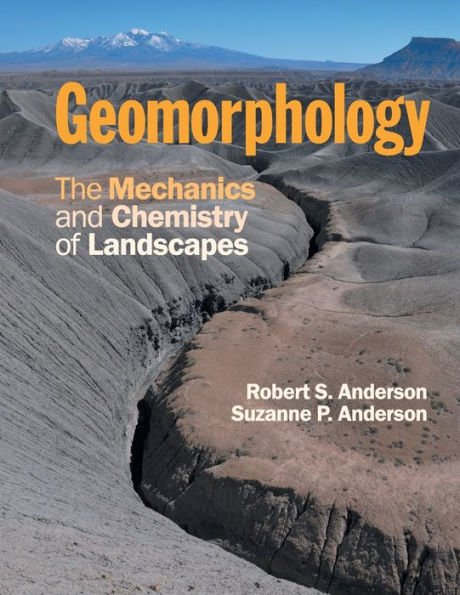5
1
9780521519786



Geomorphology: The Mechanics and Chemistry of Landscapes available in Paperback, eBook

Geomorphology: The Mechanics and Chemistry of Landscapes
- ISBN-10:
- 0521519780
- ISBN-13:
- 9780521519786
- Pub. Date:
- 06/17/2010
- Publisher:
- Cambridge University Press
- ISBN-10:
- 0521519780
- ISBN-13:
- 9780521519786
- Pub. Date:
- 06/17/2010
- Publisher:
- Cambridge University Press

Geomorphology: The Mechanics and Chemistry of Landscapes
$89.99
89.99
In Stock

Product Details
| ISBN-13: | 9780521519786 |
|---|---|
| Publisher: | Cambridge University Press |
| Publication date: | 06/17/2010 |
| Edition description: | New Edition |
| Pages: | 651 |
| Sales rank: | 951,740 |
| Product dimensions: | 8.50(w) x 10.70(h) x 1.20(d) |
About the Author
From the B&N Reads Blog

